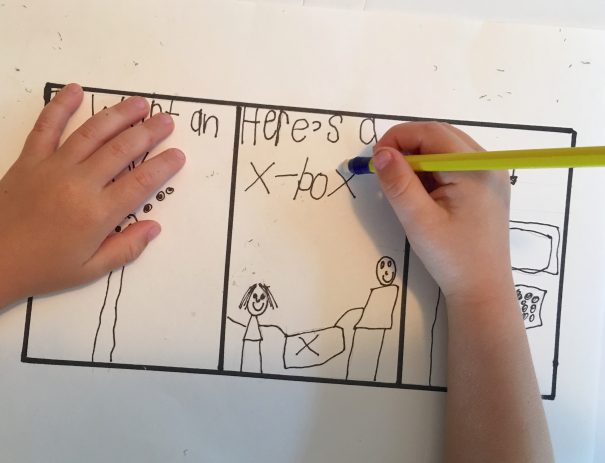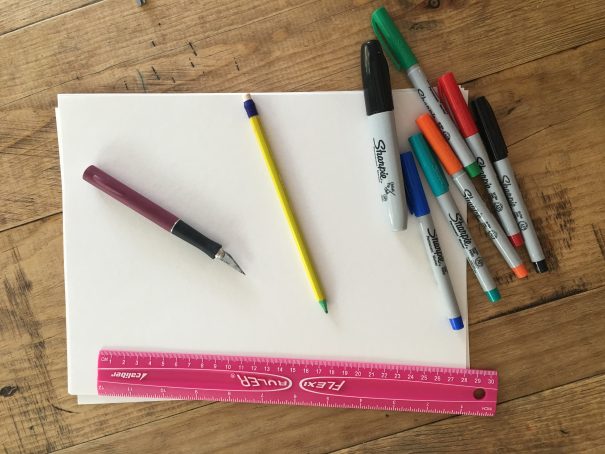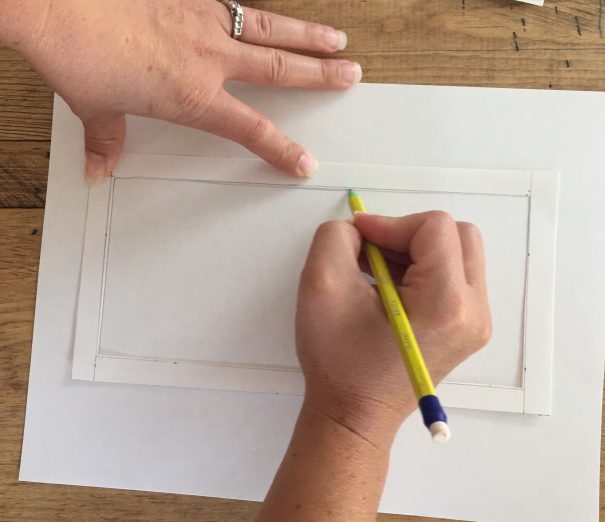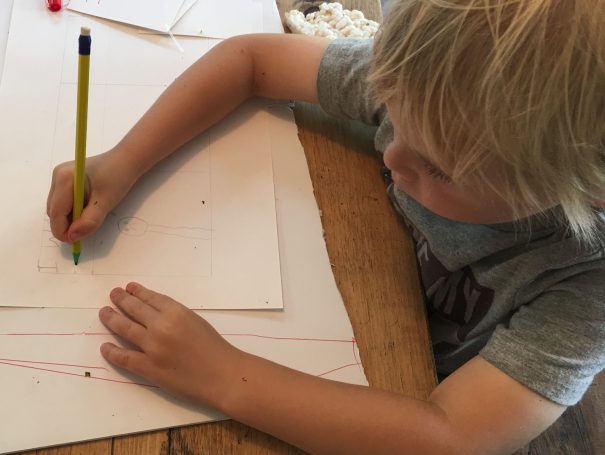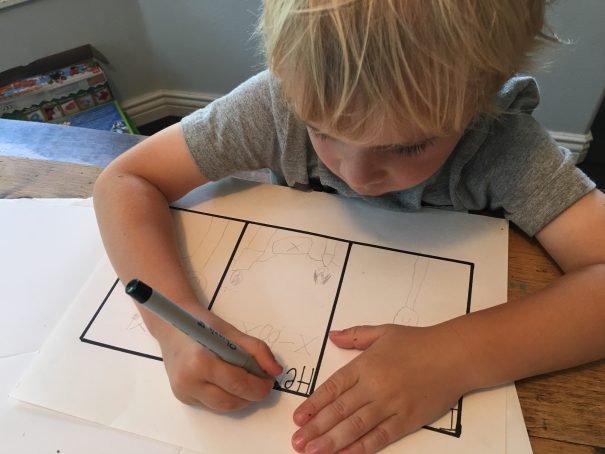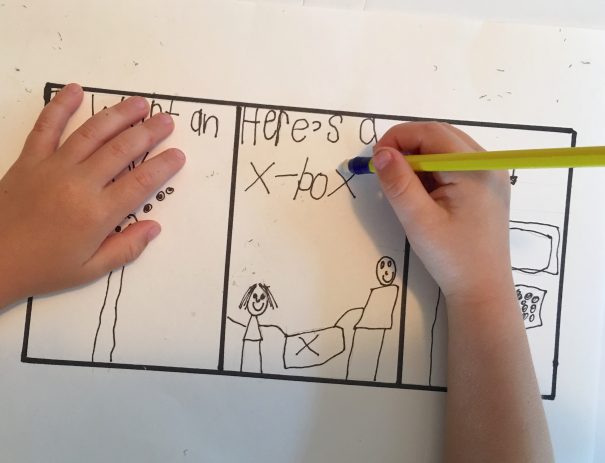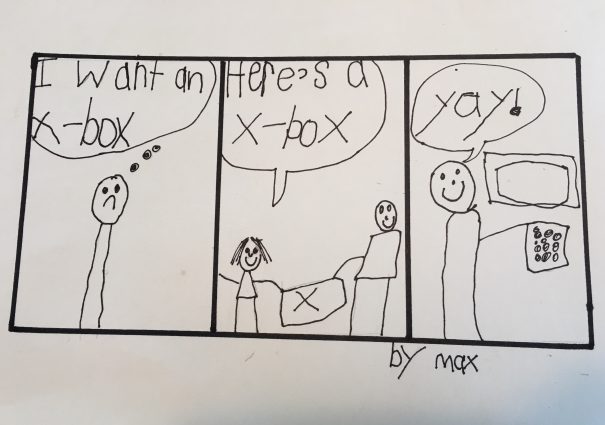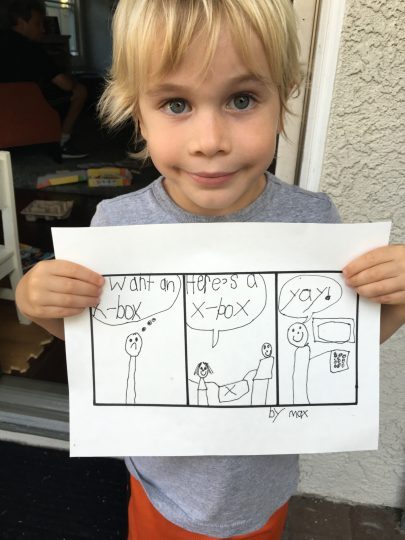Spot all the public art on a downtown walk, ride the Cincinnati Railway, take a riverboat on the OhioRriver, experience Jane’s Saddlebag for some old-timey good fun and roam the Cincinnati Zoo and Botanical Garden. We’ve got all the fun spots for families in Cincinnati and loads of local events to keep you busy. Scroll through and plan your day!
photo: micha hanson via flickr
Newport Aquarium
Get up close and personal with sea horses and other aquatic creatures at the Newport Aquarium, home to the most interactive sea horse exhibit in the country, showcasing up-close experiences with 10 different species of sea horses. Then visit gator alley, walk through the shark bridge and see the antics of the penguins.
One Aquarium Way
Newport, KY
Online: newportaquarium.com
Smale Riverfront Park
The park is intended to reconnect downtown to the river and to link with the existing riverfront parks to the east. It is a place to view the river and river traffic, gather and celebrate as a community and be inspired. Bring a picnic lunch and spend the day here.
West Mehring Way
Cincinnati, OH
Online: cincinnatiparks.com
Cincinnati Art Museum
One of the most prestigious art museums in the country with over 100,000 works of art, this grandiose building atop an Eden Park hill, is well-known for its 19th-century European and American paintings, but also contains numerous other works including an outstanding pottery gallery.
953 Eden Park Dr.
Cincinnati, OH
Online: cincinnatiartmuseum.org
photo: Charles Barilleaux via flickr
Cincinnati Zoo & Botanical Garden
This second-oldest zoo in the U.S., considered one of the best in the country, is most renowned for its endangered species and birthing programs, particularly for gorillas and white tigers, and has a wonderful collection of felines and a delightful manatees exhibit.
3400 Vine St.
Cincinnati, OH
Online: cincinnatizoo.org
American Sign Museum
This spot is home to a visual history of American Signage from 1870 through 1970. Hand-carved wooden signs, gold leaf, electric light bulbs and neon all grace our walls and tell amazing stories, especially when told by our founder and avid collector Tod. Take a trip down memory lane and visit the Camp Washington neighborhood of Cincinnati!
1330 Monmouth St.
Cincinnati, OH
Online: americansignmuseum.org
Washington Park
Washington Park hosts over 500 events annually, including live music, public markets, outdoor fitness classes, children’s activities and more.
1230 Elm St.
Cincinnati, OH
Online: washingtonpark.org
National Underground Railroad Freedom Center
The National Underground Railroad Freedom Center is a museum of conscience, an education center, a convener of dialogue and a beacon of light for inclusive freedom around the globe. Since opening in 2004, it has filled a substantial void in our nation’s cultural heritage. Rooted in the stories of the Underground Railroad, it illuminates the true meaning of inclusive freedom by presenting permanent and special exhibits that inspire, public programming that provoke dialogue and action, and educational resources that equip modern abolitionists.
Misson
50 E Freedom Way
Cincinnati, OH
Online: freedomcenter.org
photo: Kings Island via yelp
Kings Island
Kings Island is a 364-acre amusement park located 24 miles northeast of Cincinnati in Mason, Ohio. Ride the coasters, splash down at the water park and visit Planet Snoopy with the little ones.
6300 Kings Island Dr.
Mason, OH
Online: visitkingsisland.com
Duke Energy Children’s Museum
Looking for an adventure while learning through play? Discover hands-on fun for children of all ages in eight educational and themed play areas, including two specifically designed for preschool-aged children and younger. Kids are encouraged to climb, crawl, explore and learn about themselves and the world around them. Go on a wilderness adventure through The Woods, be a part of a complex machine in the Energy Zone and explore the neighborhood in Kids’ Town. Dive into arts, culture, reading, science and more with over 1,800 hours of programming each year.
1301 Western Ave.
Cincinnati, OH
Online: cincymuseum.org
Jane’s Saddlebag
Head to Big Bone Lick, KY (if just for the name alone) to check out Jane’s Saddlebag. Here you can take a hay ride, check out the new kids village, step back in time in the smoke house and dine at the restaurant.
13989 Ryle Rd.
Union, KY
Online: janessaddlebag.com
The Best Upcoming Events for Kids in Cincinnati
If you’re looking for events and activities, don’t miss our local Cincinnati events calendar, which has everything from story times to seasonal activities like apple picking, pumpkin patches and Christmas tree farms.
—Kate Loweth








